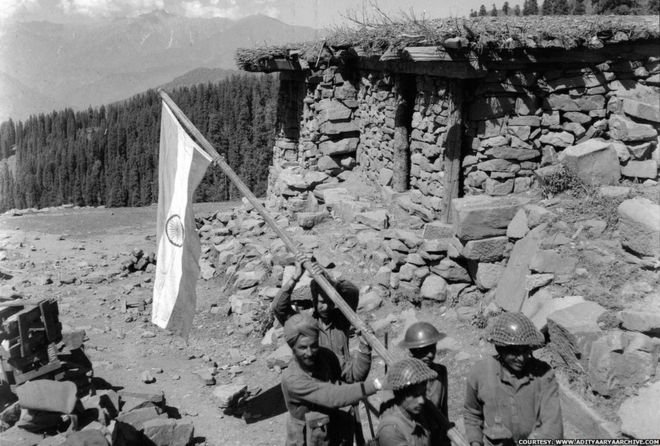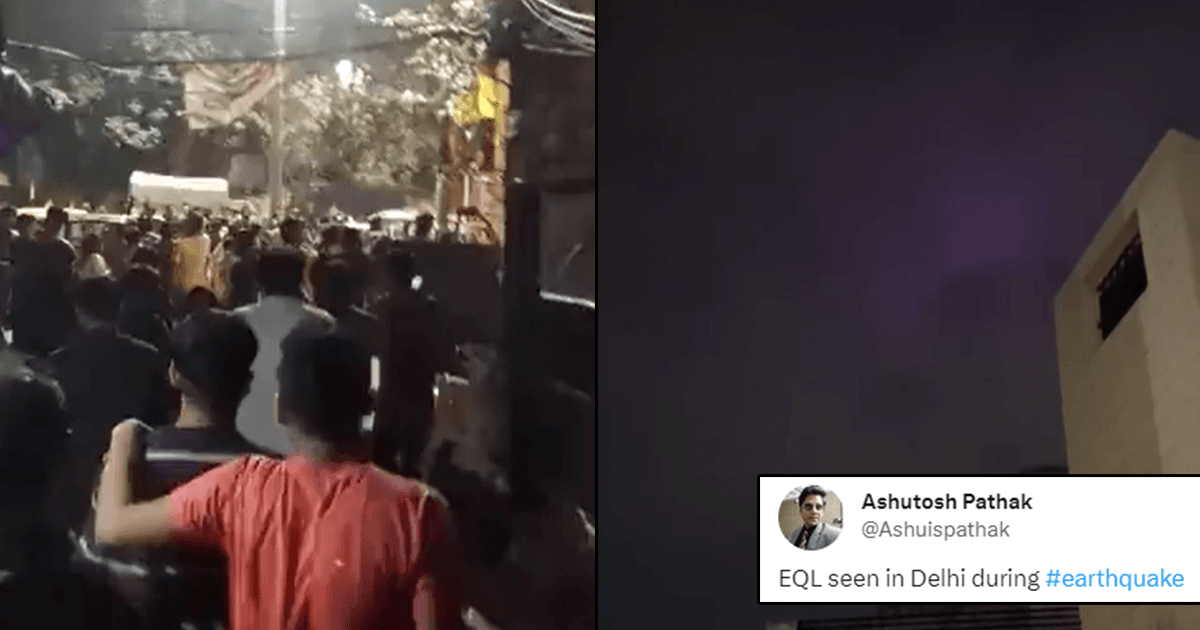In the August of 1965, Pakistani forces infiltrated India-occupied Kashmir in what they called Operation Gibraltor. Their troops carried extra-ammunition and entered posing as locals of the area and their attack on Indian soil led to war without a formal declaration, disrupting peace in the valley. On September 22, it ended after intervention of the UN and a ceasefire was formally declared the next day.
But who won?
While our textbooks taught us that we did, people from across the border believe that they were victorious.
There has been a debate over this for a long, long time now. To understand the situation, we need to turn the pages of history and find out what really happened 56 years ago. And for that, we need to first look at both versions of the events, India’s and Pakistan’s.

Let’s look at our neighbours’ version first. Here’s an excerpt from a Class 5 textbook that we found in an article published in the Dawn:
The Pakistan Army conquered several areas of India, and when India was at the verge of being defeated she ran to the United Nations to beg for a cease-fire. Magnanimously, thereafter, Pakistan returned all the conquered territories to India.
The books also blamed Hindus staying in West Pakistan by claiming that their true loyalties lay with India and that they would send their savings back to India, thus harming the economy of their country.

And here’s our version:
In a fierce battle, the Indian Army reached close to Lahore. The hostilities came to an end with UN intervention. Though India could conflict considerable military loss on Pakistan, the 1965 war added to India’s already difficult economic situation.

Confused?
Well, why don’t we look at a few neutral versions and research findings from other parts of the world that could shed light on the outcome.
According to the Federal Research Division of the US, the war would have ended in our favour:
“The war was militarily inconclusive; each side held prisoners and some territory belonging to the other. Losses were relatively heavy—on the Pakistani side, twenty aircraft, 200 tanks, and 3,800 troops. Pakistan’s army had been able to withstand Indian pressure, but a continuation of the fighting would only have led to further losses and ultimate defeat for Pakistan. Most Pakistanis, schooled in the belief of their own martial prowess, refused to accept the possibility of their country’s military defeat by “Hindu India” and were, instead, quick to blame their failure to attain their military aims on what they considered to be the ineptitude of Ayub Khan and his government.”
Similar was the report of one Arif Jamal, a New York Times correspondent, who wrote a book called Shadow Wars:
“This time, India’s victory was nearly total: India accepted cease-fire only after it had occupied 740 square miles, though Pakistan had made marginal gains of 210 square miles of territory. Despite the obvious strength of the Indian wins, both countries claim to have been victorious.”
Historian John Keay wrote this in his book ‘India: A History’:
“The 1965 Indo-Pak war lasted barely a month. Pakistan made gains in the Rajasthan desert but its main push against India’s Jammu-Srinagar road link was repulsed and Indian tanks advanced to within a sight of Lahore. Both sides claimed victory but India had most to celebrate.”

Many other reports suggested the same thing. Under the orders of then Prime Minister Lal Bahadur Shastri, Indian forces had marched on to Lahore and were in striking distance of the cantonment while denying the enemy’s attempt to capture Indian territory.
Losses were much heavier on the Pakistani side. But the UN called for a ceasefire and there was no victor. But if you think about it, Pakistan’s aim was to conquer a large part of our territory but they did not. While our aim was to repel their forces, and we did.
So whose mission do you think was successful?

It is important to note that a ceasefire had been ordered at the Rann of Kutch after ceasefire violations from April through June of the same year (1965). But Pakistan had believed that after India’s loss to China in 1962, perhaps our forces weren’t equipped enough to win a war and they attacked again. Well, those beliefs were certainly thwarted.
Battles were fought both on land and in the air.
Pakistani forces had managed to capture an area called Khemkaran, but they were pushed back by Indian troops, who managed to reach the outskirts of Lahore. Post that, the ceasefire was accepted on the 22nd and the war ceased on the 23rd of September. The Tashkent Agreement was signed by Ayub Khan and Lal Bahadur Shastri in the January of 1966 to formally resolve the war. Lal Bahadur Shastri died the next day.
Neutral assessments suggest our superiority in the war. But yes, technically it remains militarily inconclusive. And it resulted in losses on both sides, economically as well.

Maybe what they say is true – “In war, there are no winners.”
There have been many ceasefire violations recently as well, but our brave soldiers continue to defend our borders. A salute to all our armed forces who continue to protect us bravely.

















